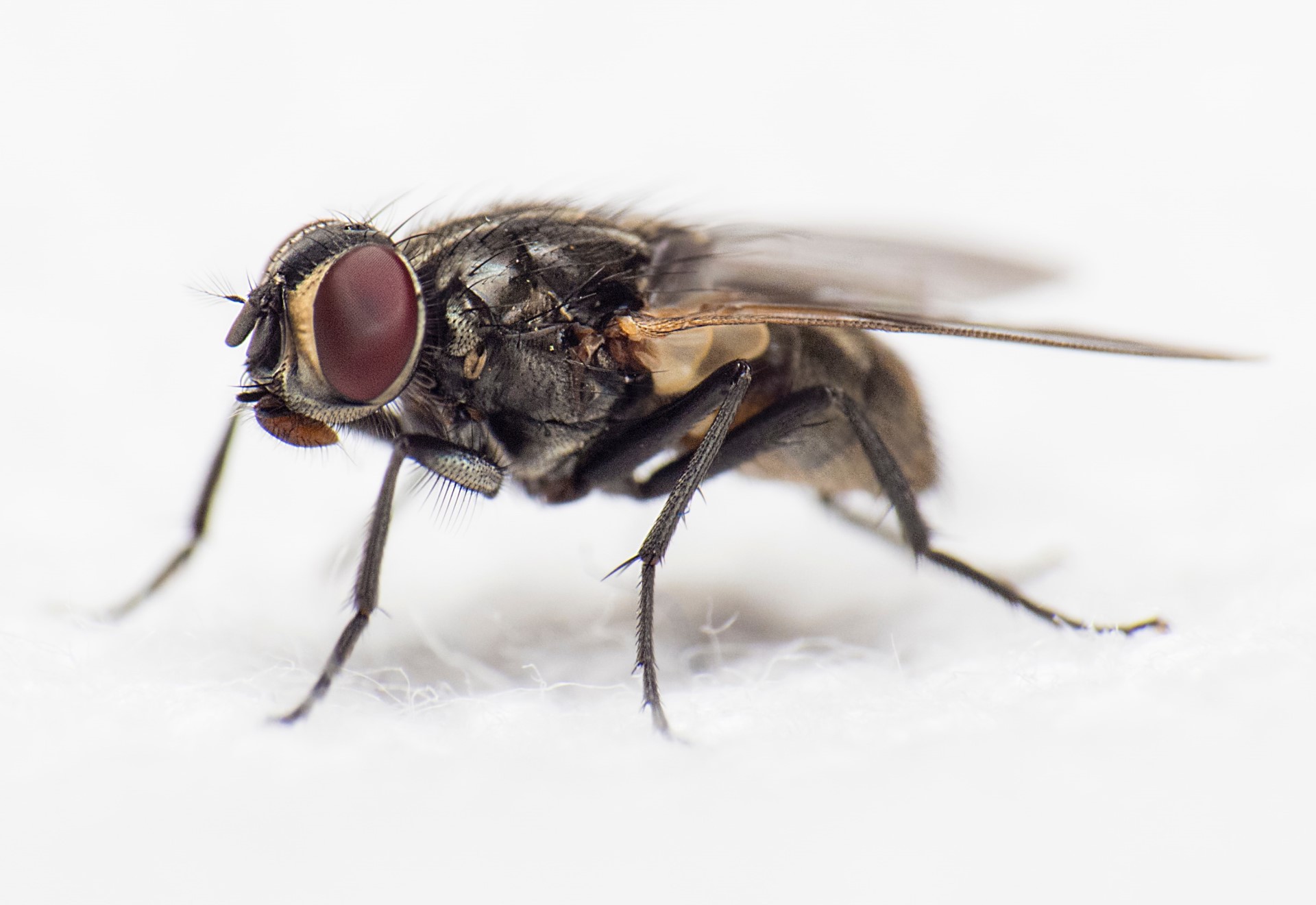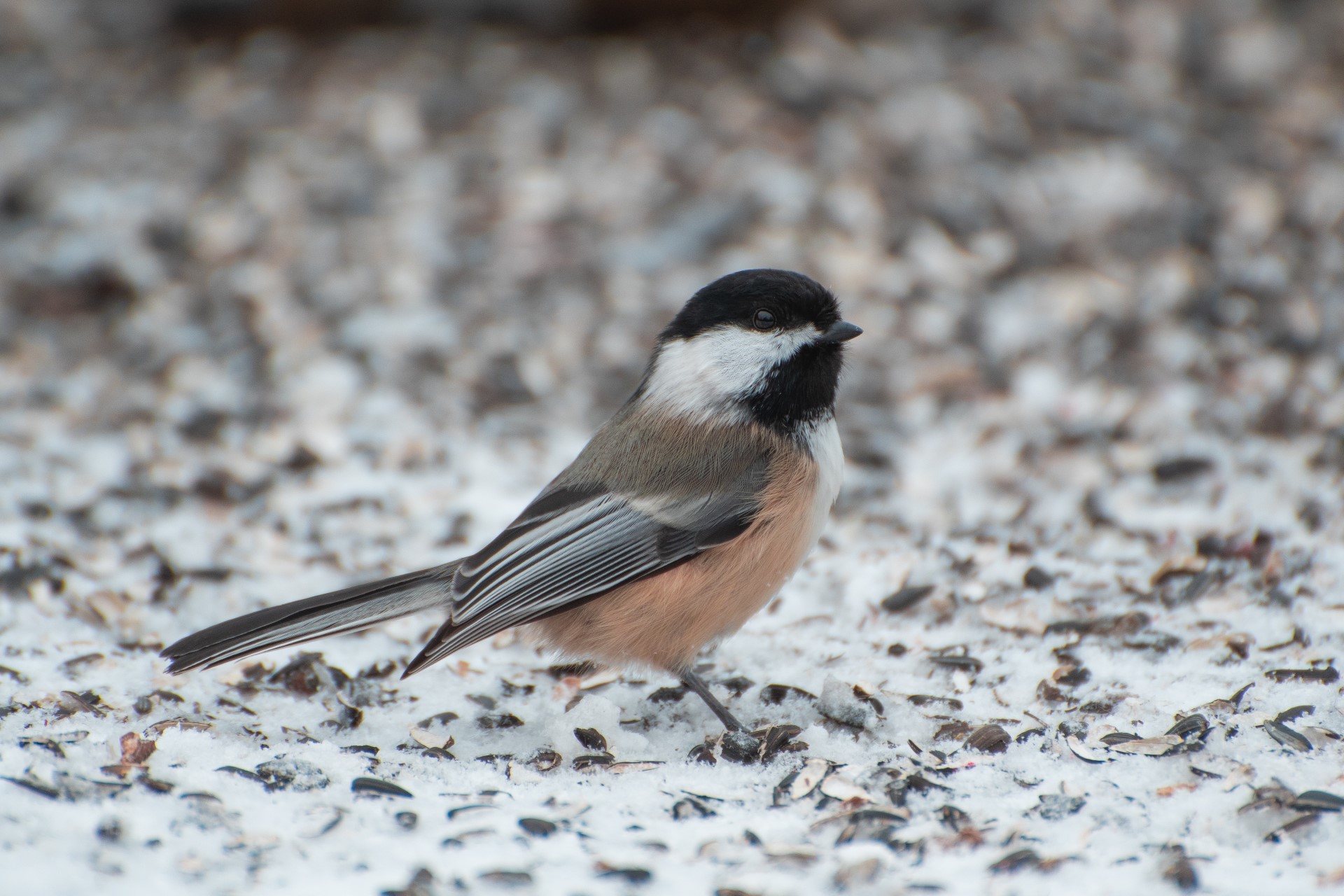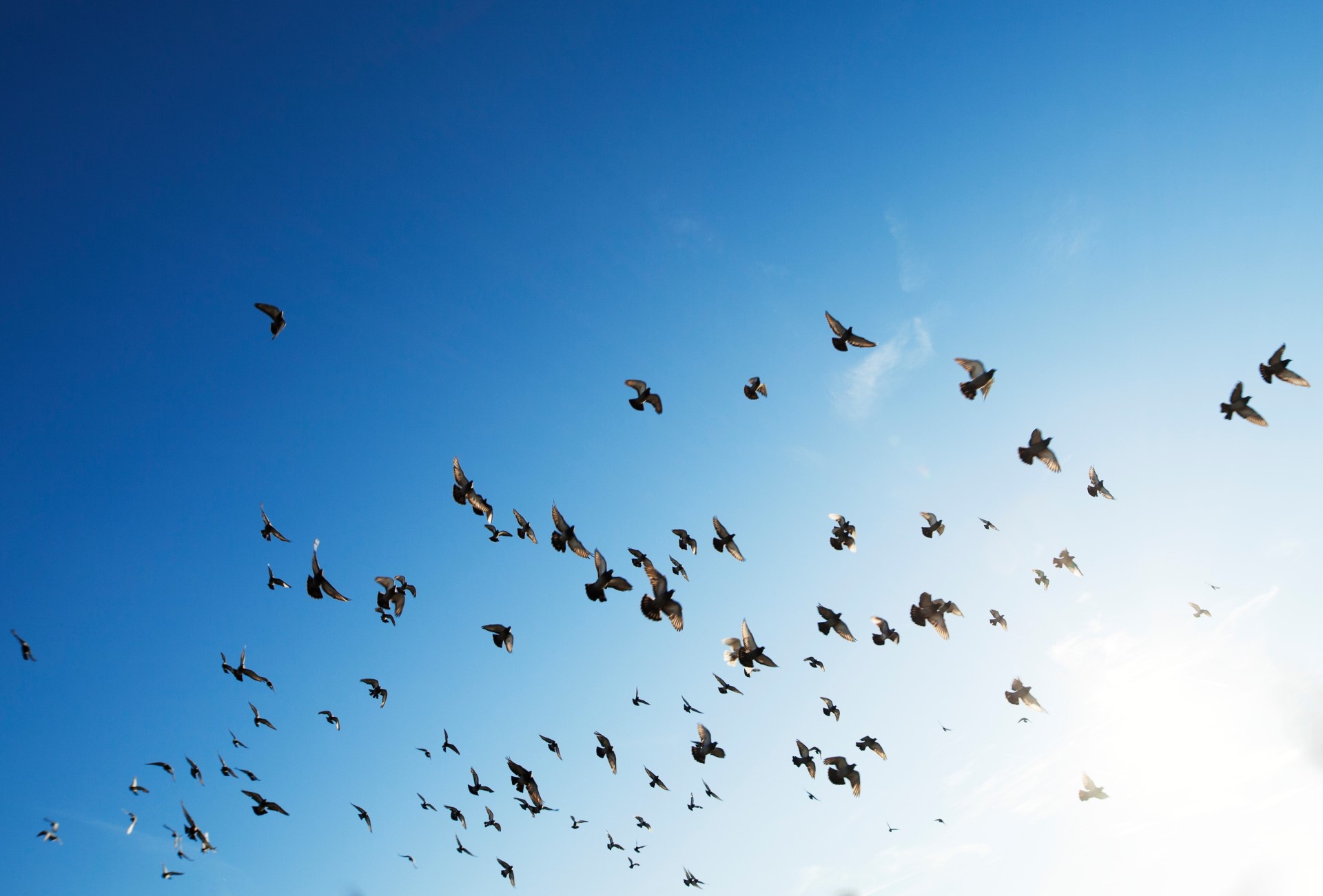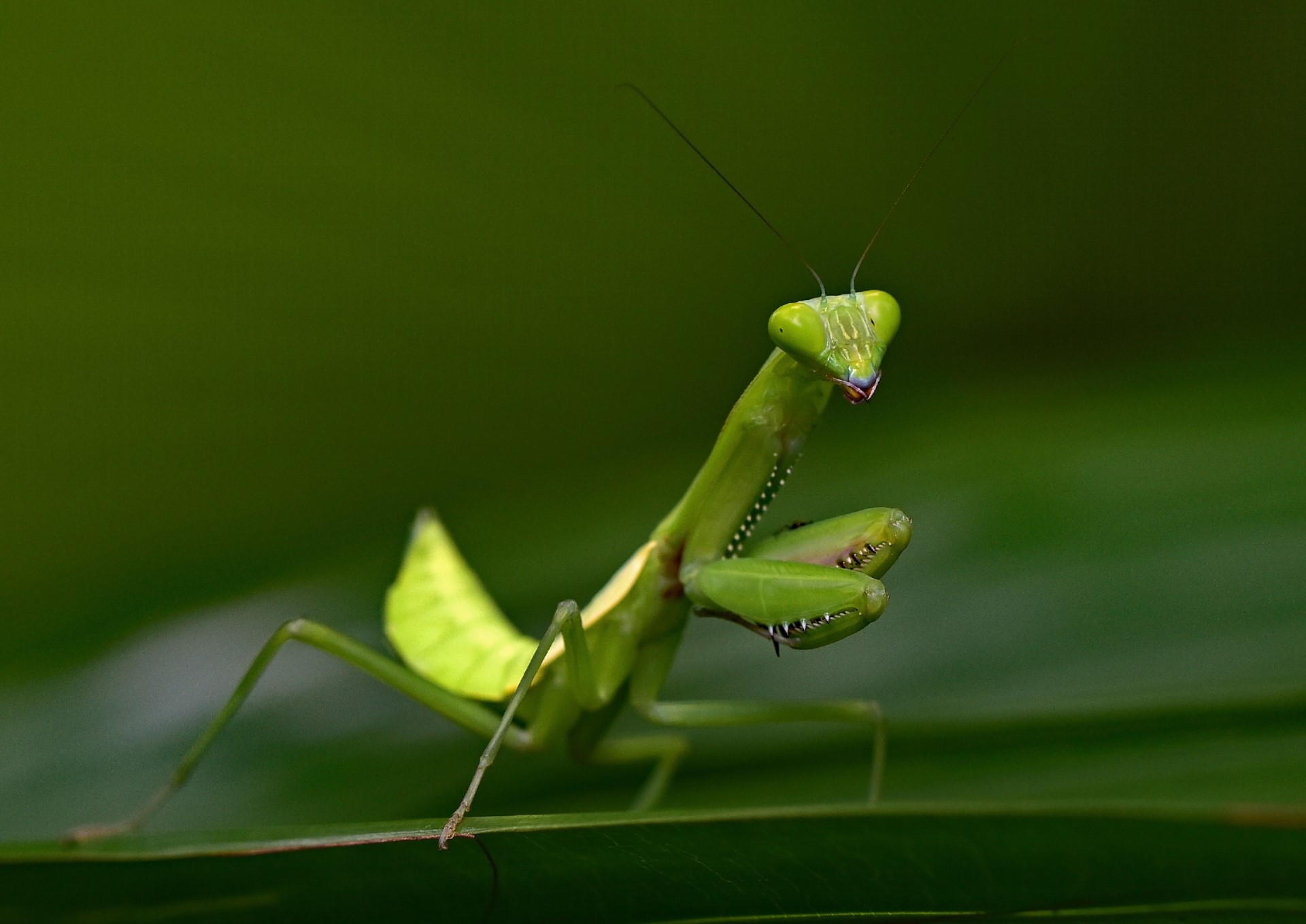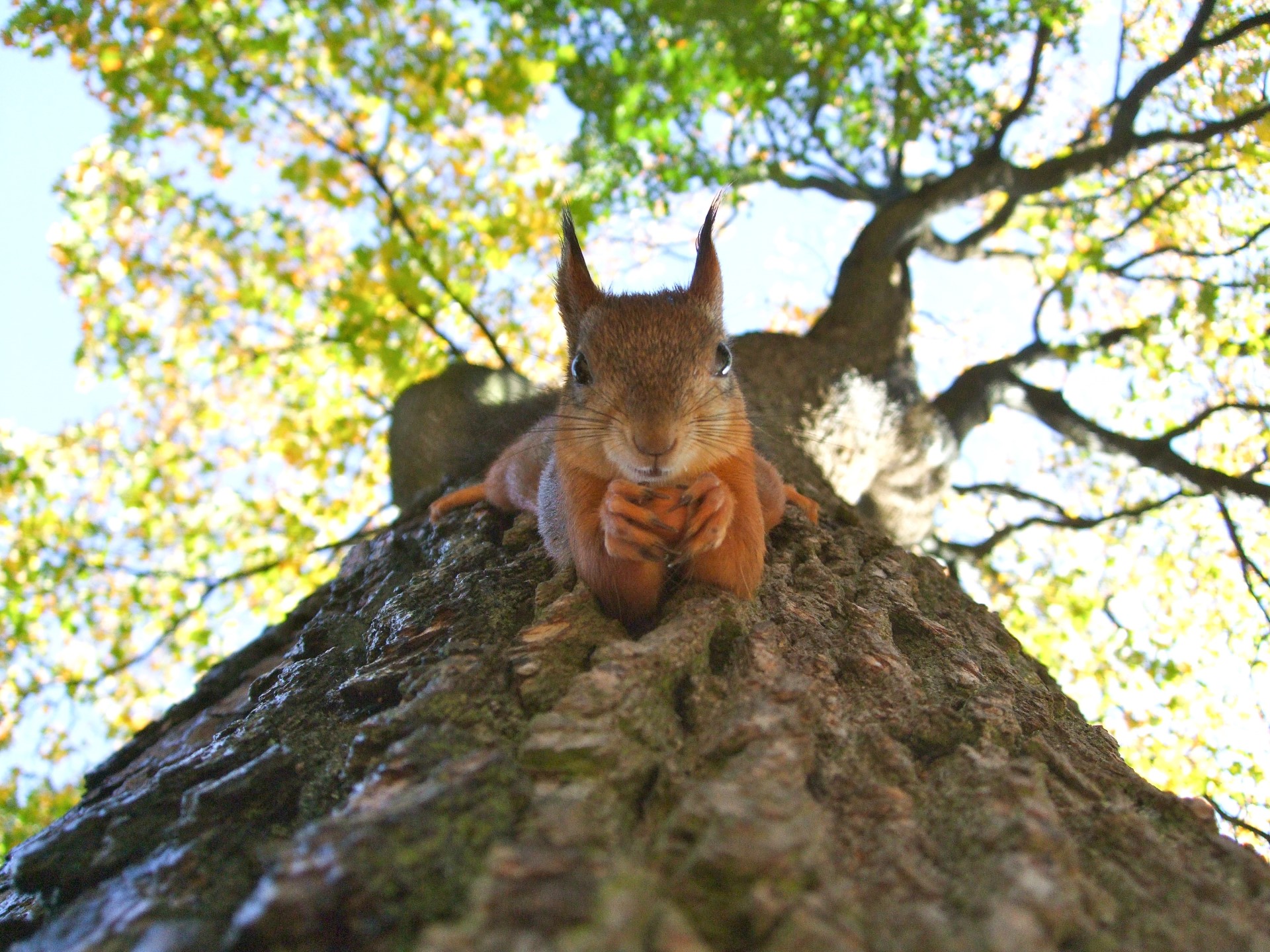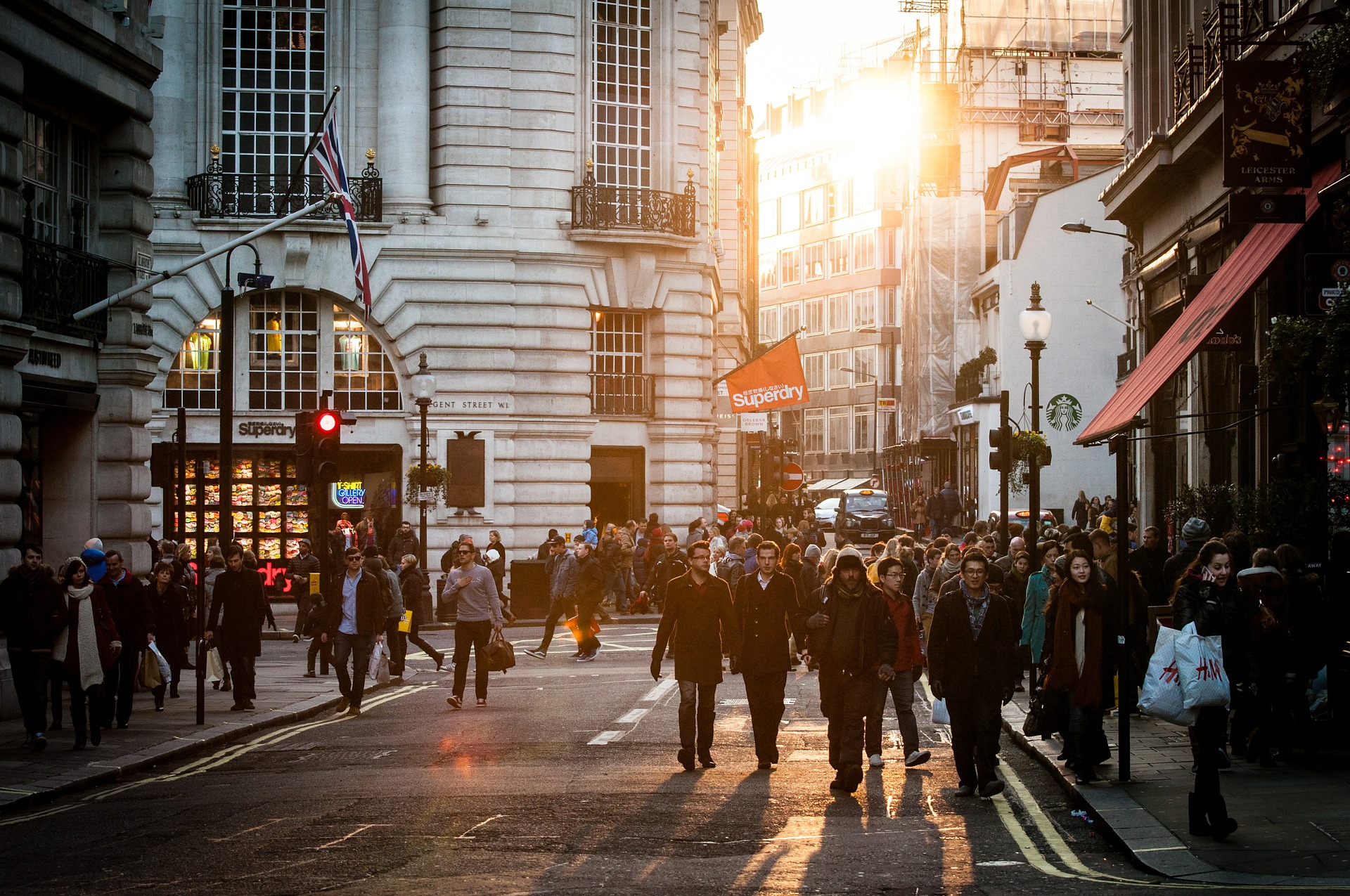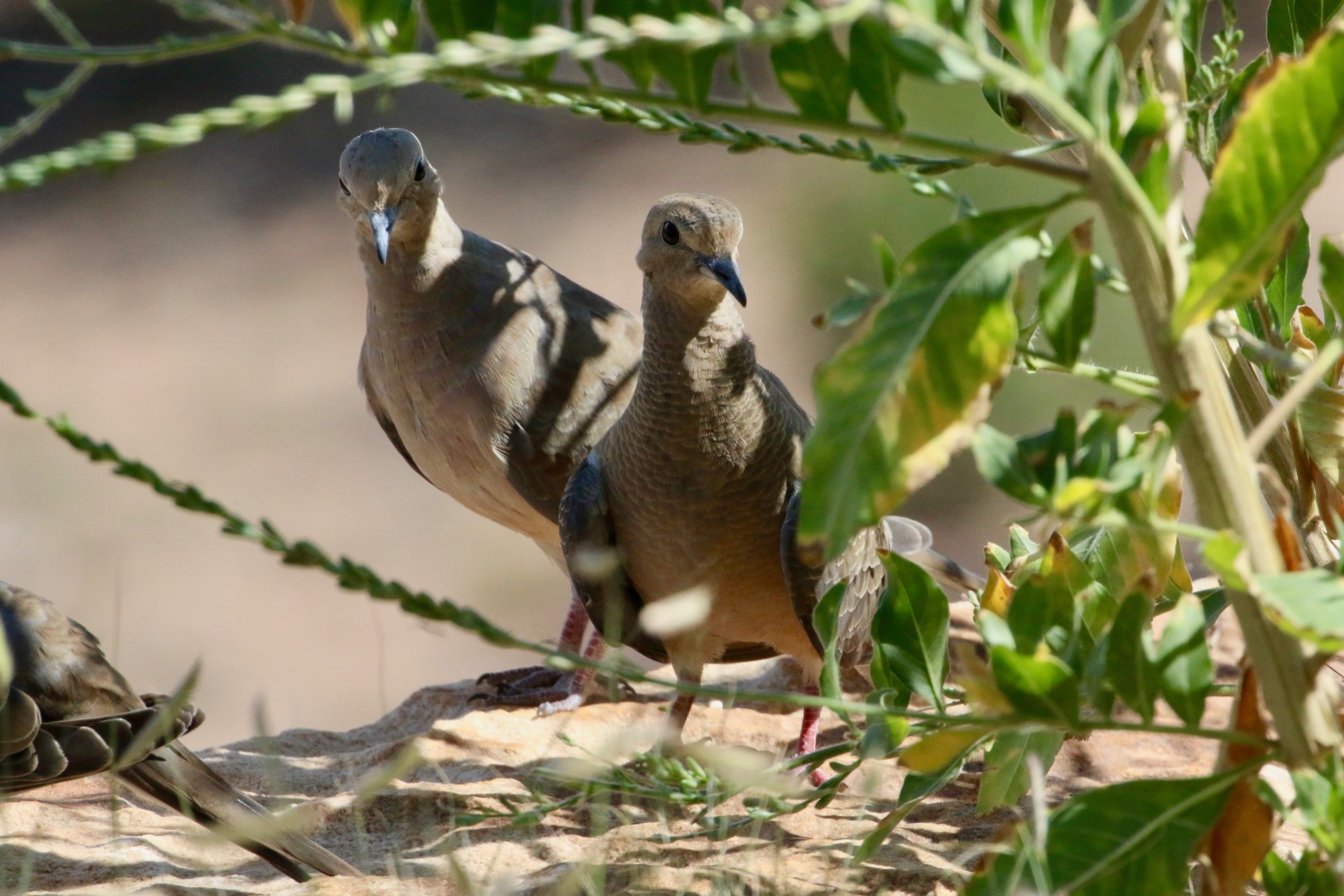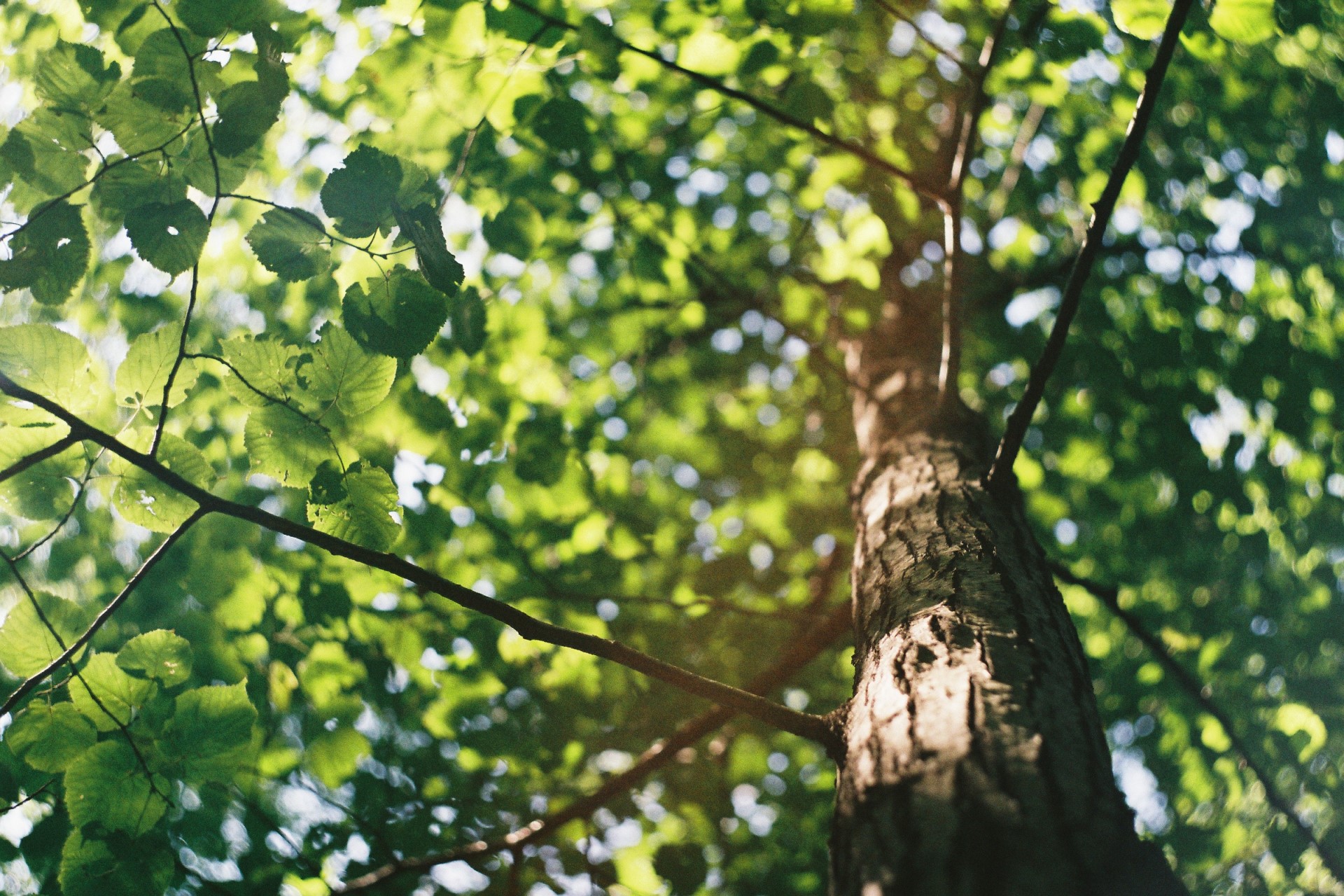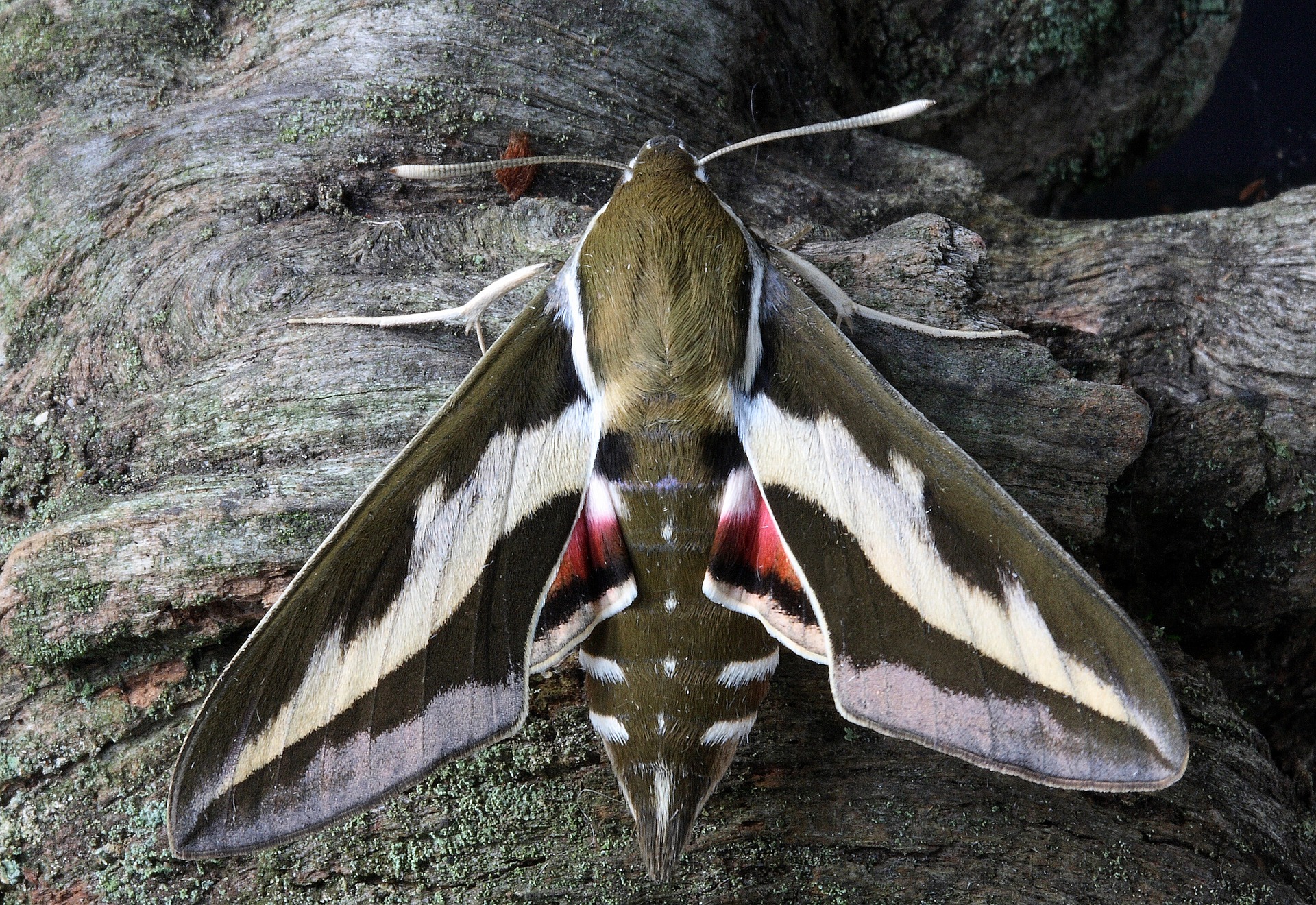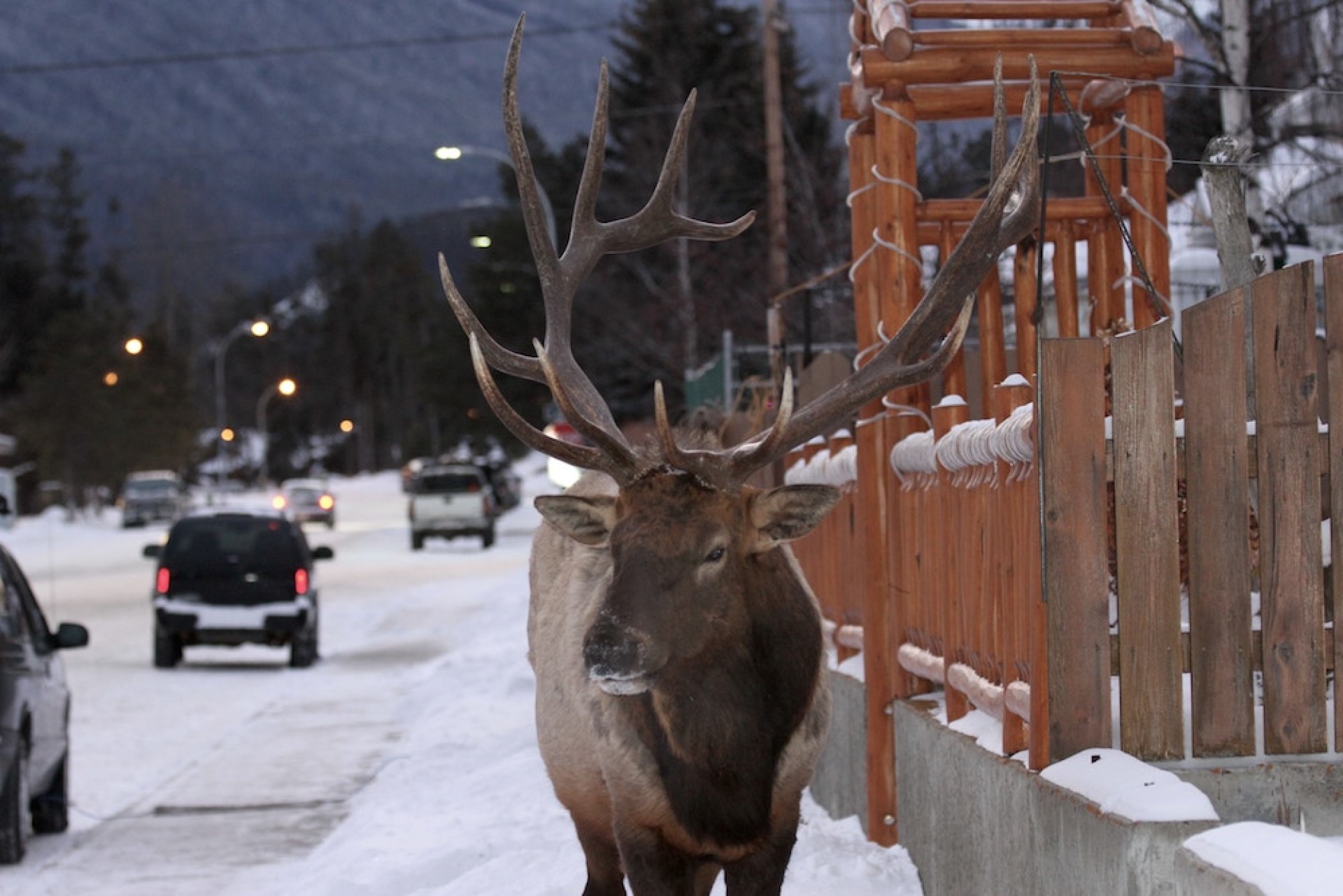If someone told you insects were on the path to extinction, would you believe them? Well, turns out you better.
Granted, most of us would throw a ticker tape parade if someone informed us today that “All the mosquitoes are dead!”
Because, come on. Do bugs have any redeeming value?
Actually, yes. Well, maybe mosquitoes are a bad example, seeing as eminent scientists aren’t sure their disappearance would make a major difference to world ecology. (We freaking knew it.)
But insects in general are a critical faction of the animal kingdom. They feed birds, reptiles, amphibians, fish and mammals. They pollinate the crops on which we rely and the native species that steward our ecosphere. And they keep the ecology our cities healthier.
Which is why, when we hear phrases such as “insect apocalypse,” we tend to get a little jumpy.
Too bad the experts aren’t kidding. But it’s far from a simple story, so let’s read it.

